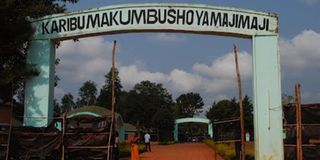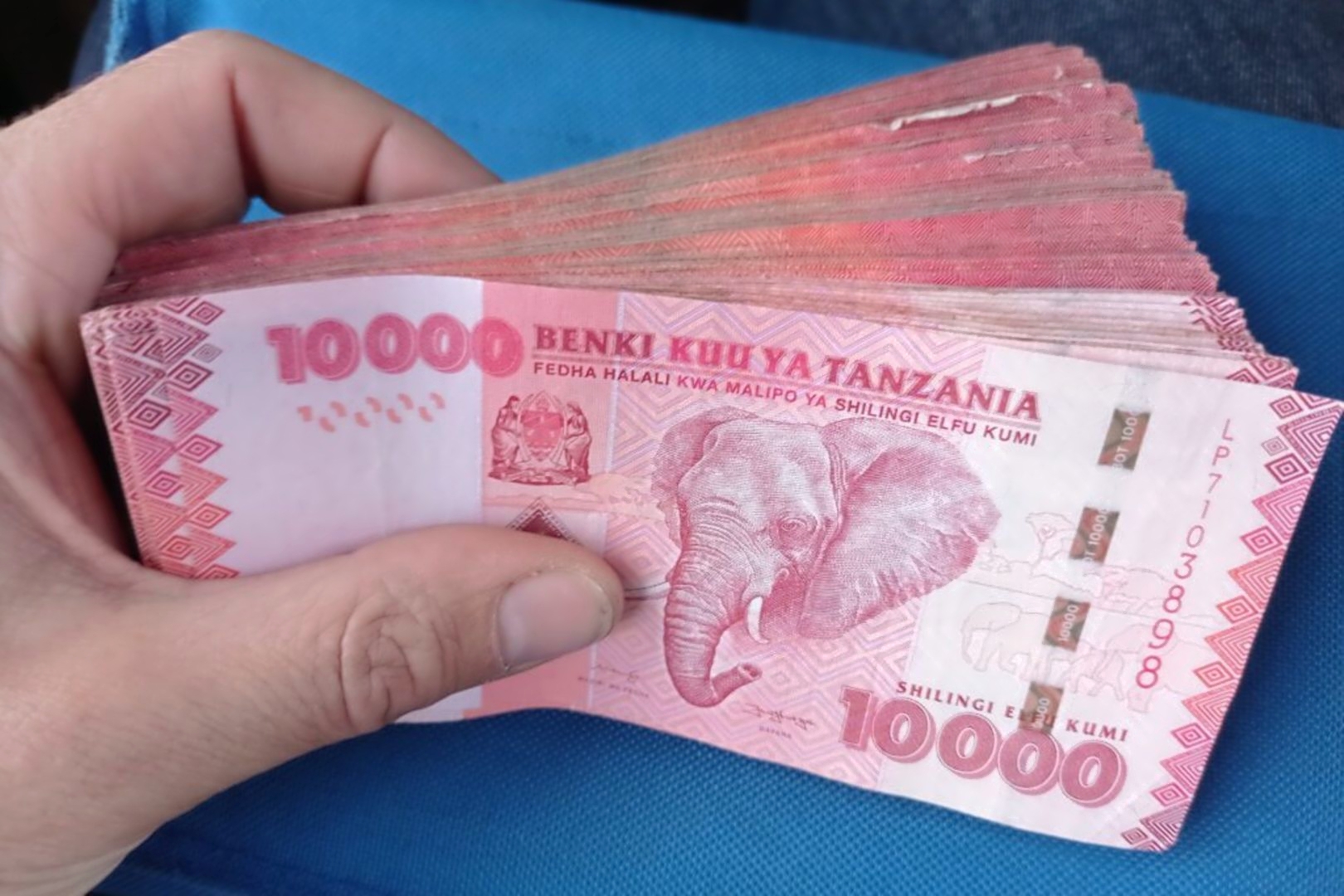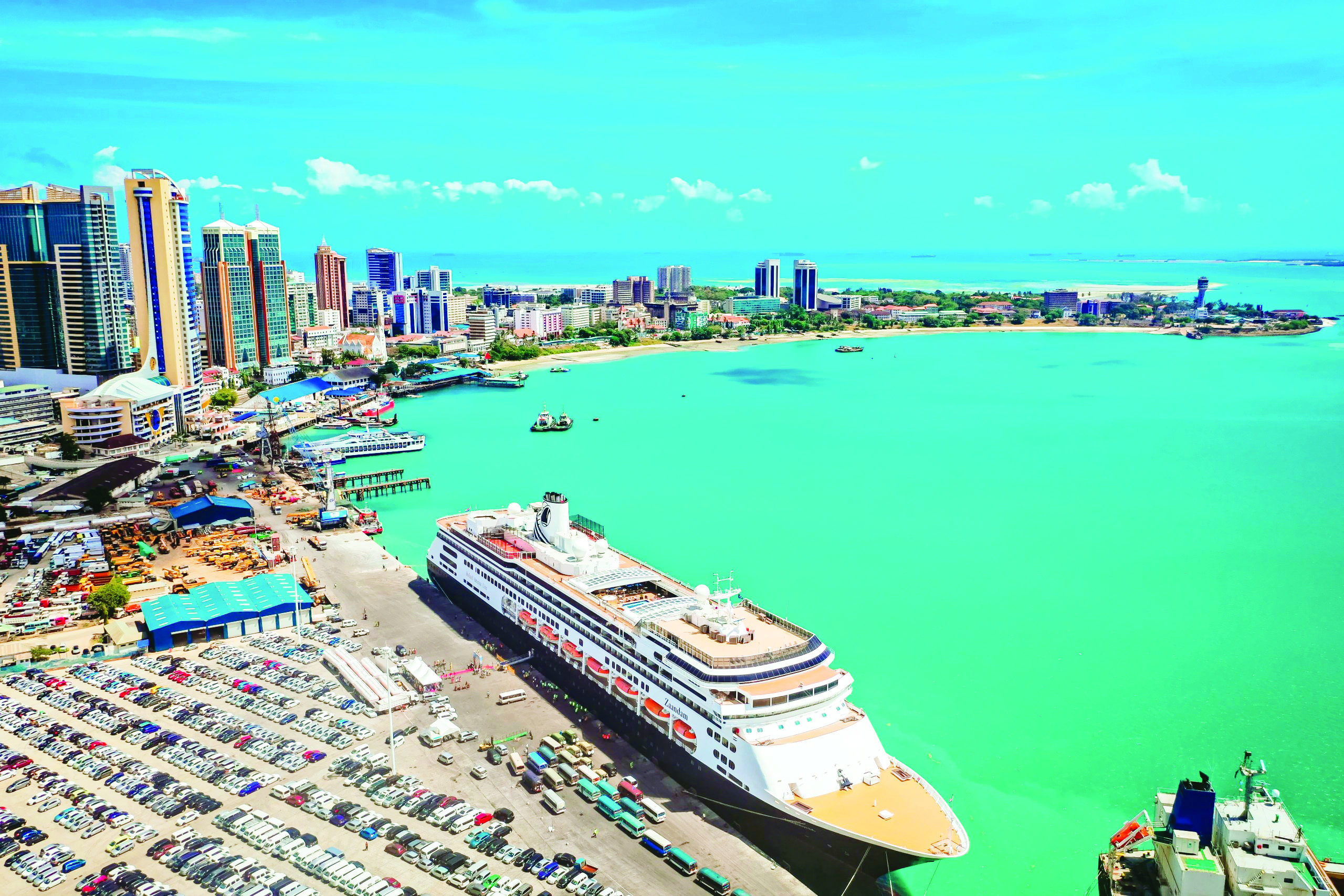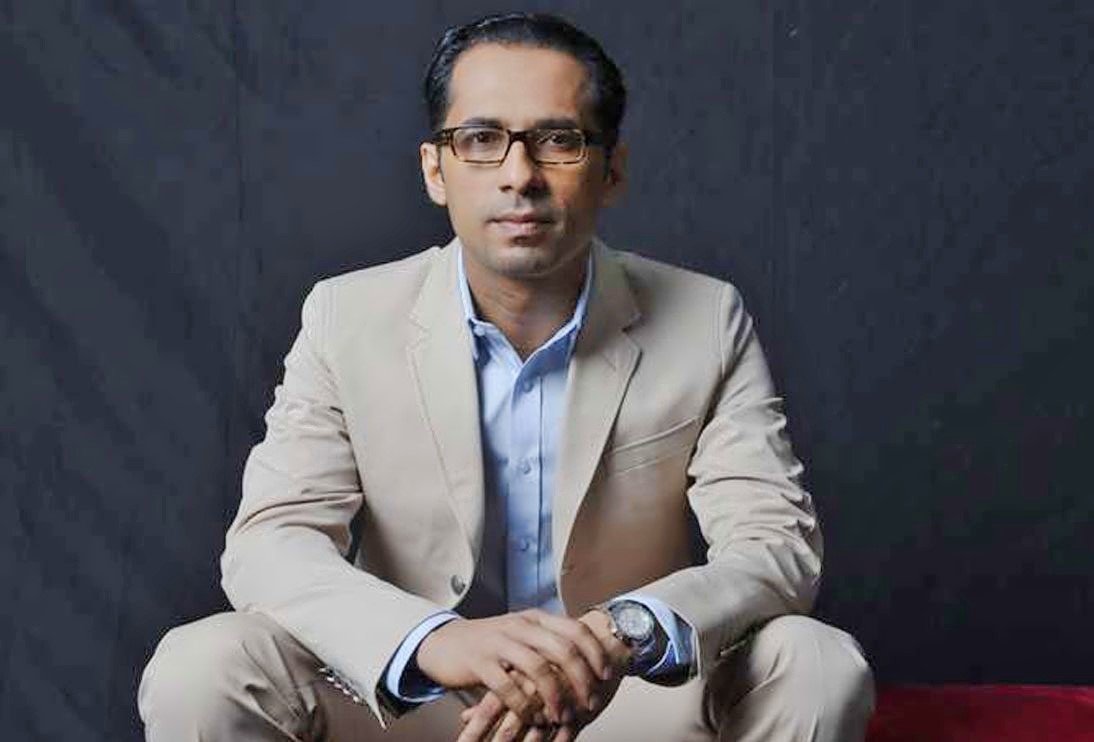What if sleepy Ruvuma Region were a country?

The entrance to the Maji Maji Museum. PHOTO | FILE
Before Ruvuma became a snoozefest that it is today, it was a remarkably lively place to be. But time has reduced it into a spot on the map, a place people know nothing about, and feel no attachment to. This is why we have to dig deep into our imagination to see what the region can offer. Hence, we ask, what would Ruvuma be like if it were a country?
A visitor to Ruvuma in early 19th century would have found the Yao terrorising others for slaves and ivory. Later, they would have witnessed the Ngoni arriving and becoming important power brokers – being a part of even the famous “Ruga-Ruga”, Mirambo’s fearsome warriors. During Maji Maji, they would have seen the region playing a vital role in the uprising. In fact, the town of Songea got its name from a Ngoni chief who was hanged by the Germans then.
From the Mbinga Highlands, one would have seen the Ruvuma that was famous for coffee production, which made farmers quite comfortable. Decades later, one would still see rusty metal frames of old cars strewn about the Matengo Hills – relics of better days gone by.
Then stagnation. Some suggest that aerial attacks from the Portuguese in Mozambique dissuaded the government from investing there. Others invoke the “Kambona Effect”, that Nyerere became wary of Wanyasa following his estrangement from Kambona. Nonetheless, by 1995, the people of Ruvuma were four times poorer than they were in 1980.
By fate, the economy bounced back and increased pace with time. Between 2010 and 2015, it grew at a breathtaking speed of 24 percent every year, far ahead of the national average of 6 percent. That pulled the region’s GDP per capita to about $1,500 today, behind only Dar es Salaam, Iringa and Arusha. That places it at a respectable number 25 in Africa, ahead of Tanzania at 31.
Ruvuma is big – bigger than Rwanda and Burundi put together. In fact, there are 14 nations in Africa which are smaller than Ruvuma. But, with only 1.7 million people, the region is sparsely populated, ranking at number 47 in Africa. Although that is changing fast, Songea is the fifth fastest growing urban centre in the world today, and that is all due to natural reasons.
It is clear that Ruvuma is capable of being competitive as a nation. The question is – what would happen if it was managed as such? For example, thinking of its regional officers, are they “national leadership” material? Moreover, thinking of our development projects – are they enough to meet the growth needs of the region? For example, Ruvuma was only connected to the national grid in 2018, 85 percent of students get division fours and zeros, some districts have one health centre serving 15 wards, there is no university, only 3.7 percent of arable land is irrigated, and manufacturing and tourism are non-existent. Would this be happening to Ruvuma if it were a country?
As a region, Ruvuma is strategically positioned at the centre of the Mtwara Development Corridor. Through this project, coal mining is to generate the hundreds if not thousands of megawatts of power – with the excess sold to Malawi, which has been waiting for this for ages. The electricity will help in mining iron, which will, in turn, stimulate the steel industry and manufacturing in general.
Further west, the expansion of the Mbamba Bay port is to integrate the region with Malawi, Zambia, Mozambique, and other regions, thus increasing trade and tourism through Lake Nyasa. This would most probably make Mbamba Bay an economic hub, spurring growth in a myriad ways.
There is hardly a better way to unleash the south’s potential than fast-tracking this project. If these regions were countries, this would have become a top priority. But, alas, the assumption is that it impossible to achieve these ends without the central government. Thus, the regions are offered figurative leaders whose mission is not to uplift the people’s lot, but to do the biddings of their political masters. So much leadership potential is being wasted at this level.
The Chinese have a remarkably different and considerably more productive model. City and provincial leaders have the autonomy to develop and implement their strategic plans. As a result, they are adept at articulating how they wish to develop their provinces. Those who prove themselves at this level are promoted to national leadership, and that’s how they end up with extremely capable leaders at the top. This is how China got its Xi Jinping.
Much of what is happening in our regions would not be happening if those regions were to take charge of their development, apart from the central government, if necessary. They would have competed in bringing development – improving schools’ performance, establishing universities, building hospitals, water systems and hotels – indeed even laying railways and building hydroelectricity dams.
Rwanda, which is only one third of Ruvuma in size, sees 1.2 million tourists every year, while the whole of Tanzania’s southern tourism circuit caters for at most 260,000 tourists. Given that most of them end up at Mikumi, it is likely that Ruvuma doesn’t even see 10,000 tourists a year.
What is stopping Ruvuma, or any other region, from being as competitive as Rwanda? Why should regional development be constrained by central government’s priorities and capabilities?
When we see our regions for what they truly are, we will appreciate the opportunities that are being wasted in developing this nation.
Happy New Year!



